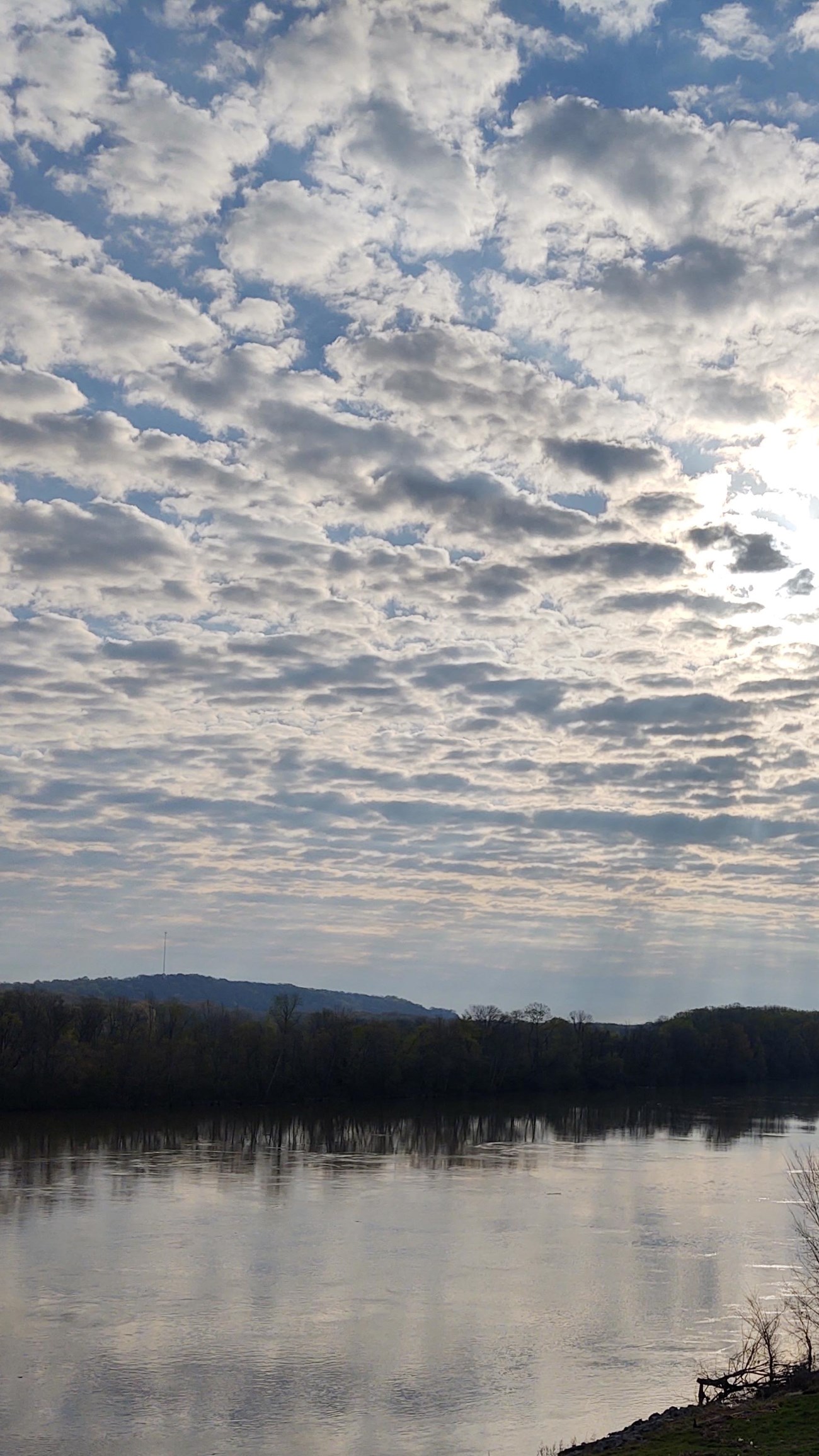Last updated: April 15, 2021
Thing to Do
Fort Donelson: Then and Now

National Park Service
A different kind of journey as you tour sites within the park. Images compare park locations from times past and compare those sites to today.
The 1862 battle site and much of the area was controlled by the Union Army until the end of the war in 1865. Local citizens and a few new landowners gradually claimed the areas, re-established homes and churches, and left the former battleground undisturbed.
The National Cemetery was established in 1867. It was under the care of the U.S. War Department. Families who came to pay their respects at the national cemetery continued to make their pilgrimage to the grounds by boat, and later by vehicles, once the bridge over the Cumberland River was completed in 1930.
Local citizens and interested constituents were determined, just before World War I began, to try and preserve the old battle grounds. An advocacy group was formed to preserve the surrender site, the Dover Hotel, saving it from destruction in 1929. Political leaders were urged to support local efforts and introduced bills before Congress to set aside the site as a national park. Throughout all of these efforts, the United States would endure times of incredible national hardships, sending young men to foreign battlefields in World War II and adjusting to changes caused by the Great Depression.
It would not be until 1928 that Congress would recognize the battle site at Fort Donelson as a national military park. For a few years, the site was cared for by the War Department. Metal exhibits, now known as War Department plaques, marked the battlefield and the surrounding areas of Dover. In 1933, the National Park Service was created, and Fort Donelson National Military Park would be transferred into the care of this new agency. The preservation of the battlefield continued through the years, with more land acquisitions, and an official change to the park's name in the 1980s. Today, Fort Donelson National Battlefield covers a two-state area, protecting earthworks, fortifications, and historic structures.
Enjoy the beautiful scenery and historic images as you make your way through the park.
NPGallery Asset Detail (nps.gov)
The 1862 battle site and much of the area was controlled by the Union Army until the end of the war in 1865. Local citizens and a few new landowners gradually claimed the areas, re-established homes and churches, and left the former battleground undisturbed.
The National Cemetery was established in 1867. It was under the care of the U.S. War Department. Families who came to pay their respects at the national cemetery continued to make their pilgrimage to the grounds by boat, and later by vehicles, once the bridge over the Cumberland River was completed in 1930.
Local citizens and interested constituents were determined, just before World War I began, to try and preserve the old battle grounds. An advocacy group was formed to preserve the surrender site, the Dover Hotel, saving it from destruction in 1929. Political leaders were urged to support local efforts and introduced bills before Congress to set aside the site as a national park. Throughout all of these efforts, the United States would endure times of incredible national hardships, sending young men to foreign battlefields in World War II and adjusting to changes caused by the Great Depression.
It would not be until 1928 that Congress would recognize the battle site at Fort Donelson as a national military park. For a few years, the site was cared for by the War Department. Metal exhibits, now known as War Department plaques, marked the battlefield and the surrounding areas of Dover. In 1933, the National Park Service was created, and Fort Donelson National Military Park would be transferred into the care of this new agency. The preservation of the battlefield continued through the years, with more land acquisitions, and an official change to the park's name in the 1980s. Today, Fort Donelson National Battlefield covers a two-state area, protecting earthworks, fortifications, and historic structures.
Enjoy the beautiful scenery and historic images as you make your way through the park.
NPGallery Asset Detail (nps.gov)
Details
Duration
30-90 Minutes
30 minutes to one hour and a half
Activity
Scenic Driving
Take a nostalgic tour of Fort Donelson National Battlefield. View comparisons today's battle sites with images from the past.
Download the mobile app to your phone or tablet. The National Park Service App - Digital (U.S. National Park Service) (nps.gov)
Download the mobile app to your phone or tablet. The National Park Service App - Digital (U.S. National Park Service) (nps.gov)
Age(s)
5-90
from very young to older visitors will enjoy
Pets Allowed
Yes
Yes, on a leash
Activity Fee
No
None
Location
Fort Donelson National Battlefield
Battlefield points of interest
Season
Year Round
Time of Day
Day
Normal park hours
Accessibility Information
This scenic tour may be viewed from your automobile or by foot. Parking locations are accessible.
